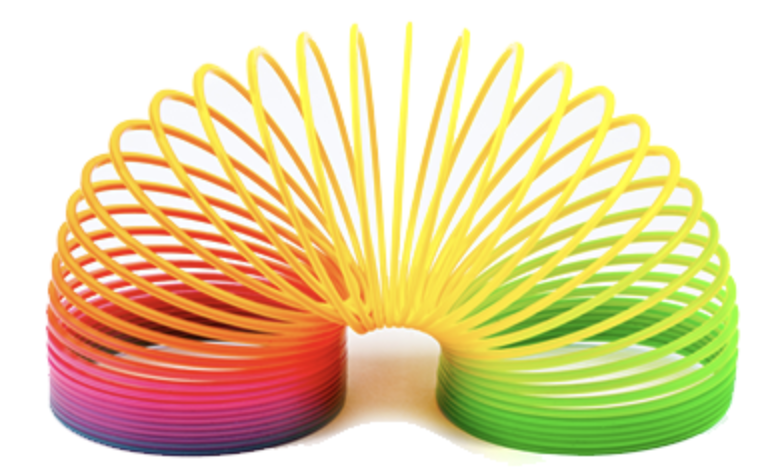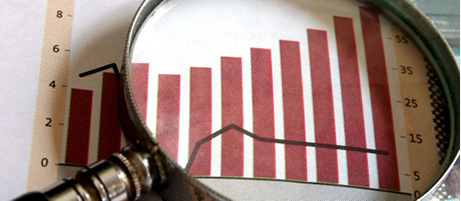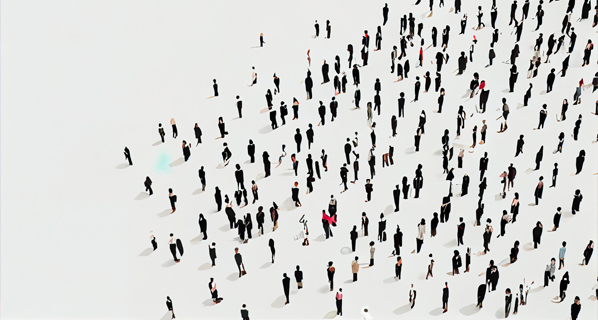Sustaining Flexible Thinking and Nimble Action
By Susan Robertson

To survive the pandemic, companies adapted very quickly to radically new circumstances. Even large organizations, where it’s typically difficult to shift directions quickly, managed to accomplish it. Leaders discovered that, when required, their organization could act more nimbly than they normally do.
So the obvious questions are (1) What was different? And (2) How can you hardwire this flexibility into your organization so it continues to be stronger in the future?
What was different?
All humans have a set of cognitive biases, which are mental shortcuts used for problem solving and decision making. To be clear, cognitive biases are not individual or personal biases. They are a neuroscience phenomenon that all humans share. It’s also important to understand that these biases operate subconsciously and affect your thinking in ways you don’t realize.
You have two thinking systems, commonly known as system 1 and system 2, and sometimes referred to as thinking fast and thinking slow.
System 1 is the quick and easy thinking that we do most of the time. It’s intuitive and accounts for about 98% of our thinking. It doesn’t require a lot of mental effort; we do it without having to think about that fact that we’re thinking.
System 2 is deeper thinking, the kind that’s required for complex problem solving and decision making. This deeper thinking requires more effort and energy, and it literally uses more calories. Since it’s less energy efficient, our brain automatically and subconsciously defaults to the easier system 1 thinking whenever it can to save effort.
Cognitive biases result when our brain tries to stay in system 1 thinking when perhaps it should be in system 2. The outcome is often a suboptimal solution and results in poor decision making. But we don’t realize that we have suboptimized because all of this has happened subconsciously.
In typical circumstances, cognitive biases conspire to make us perceive that continuing with slower, incremental changes seems like the best decision. It feels familiar, lower risk, and smarter. Choosing to do nothing is often simply the default. It frequently doesn’t even feel like we made a decision. Rather, it feels like we were smart for not making a potentially risky decision.
But during the pandemic, changing slowly or not at all were simply not options. This particular situation was so unique that our brains didn’t have the choice to stay in short-cut system 1 thinking; system 2 thinking was required. Since we consciously realized we must change quickly, our brains started literally working harder – in system 2 – and the normal cognitive biases weren’t a factor.
How to continue being nimble
The key to maintaining flexible thinking and nimble behavior is to not allow our brains to fall into the trap of cognitive biases. Because these are subconscious responses, it is not easy task. But there are proven ways that we can better manage our brains. Here are a few ways to start.
1. Knock out the negativity bias. Negativity bias is the phenomenon that allows negative experiences to have a greater impact on your thoughts, feelings, and behaviors than positive experiences. So you are much more highly motivated to avoid negative than we are to seek out positive. This manifests in our daily work by making us much more prone to reject new ideas rather than accept them because rejecting ideas feels like we’re avoiding the potential negative.
Respond to “yes, but” with “what if?” This requires a dedicated and conscious mental effort by everyone on the team to monitor responses to new ideas. Every time “yes, but” is uttered, the response needs to be “What if we could solve for that?” This reframing of the problem into a question triggers our brains to look for solutions instead of instantly rejecting an idea.
2. Short circuit the status quo bias. The status quo bias is a subconscious preference for the current state of affairs. We use “current” as a mental reference point, and any change from that is perceived as a loss. As a result, we frequently overestimate the risk of a change and dramatically underestimate the risk of “business as usual.”
When weighing a choice of possible actions, be sure to overtly list “do nothing” as one of the choices, acknowledging it is a choice. Also include risk as one of the evaluation criteria, and force the team to list all the possible risks. Then comes the difficult part: remind the team that their subconscious brain is making them perceive the risk of doing nothing as lower, so they should multiply the possibility of each risk.
3. Curtail the curse of knowledge. In any subject where we have some expertise, we also have many subconscious assumptions about that subject. Under normal circumstance, this curse of knowledge limits our thinking and suppresses our ability to come up with radically new ideas.
Rely on advisors who don’t have the same curse of knowledge. In other words, seek out advice from people outside your industry. When evaluating ideas or actions, these outsiders won’t have the same blinders that you have, so they will likely have a more clear-eyed view of the benefits and risks.
The bad news is that cognitive biases are always going to be a factor in our problem solving and decision making. They are hardwired into us. The good news is that, with some dedicated and continuous mental effort, we can mitigate them and become nimbler in the face of change.
Susan Robertson is a creative-thinking expert with over 20 years’ experience coaching Fortune 500 companies. As an instructor on applied creativity at Harvard University, Susan brings a scientific foundation to enhancing human creativity. For more information, visit www.SusanRobertson.co.







